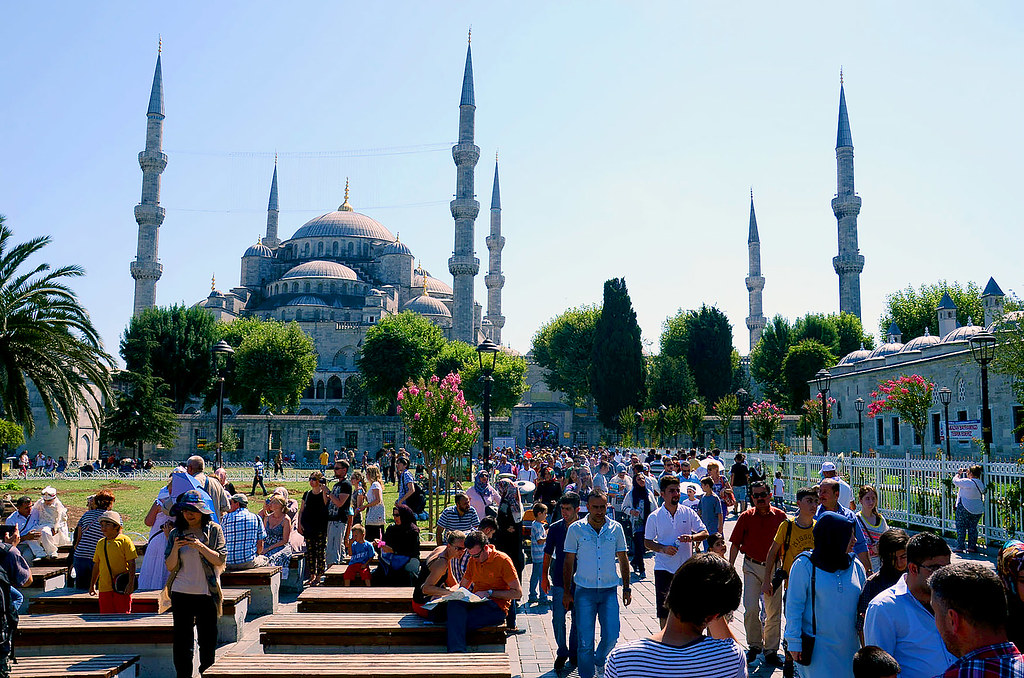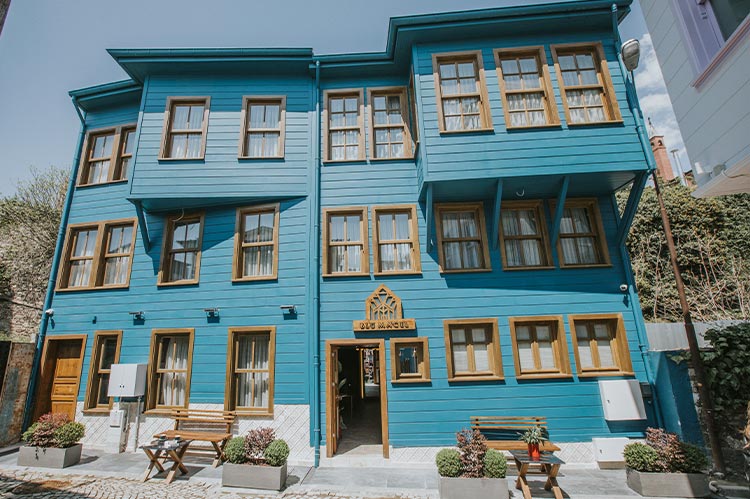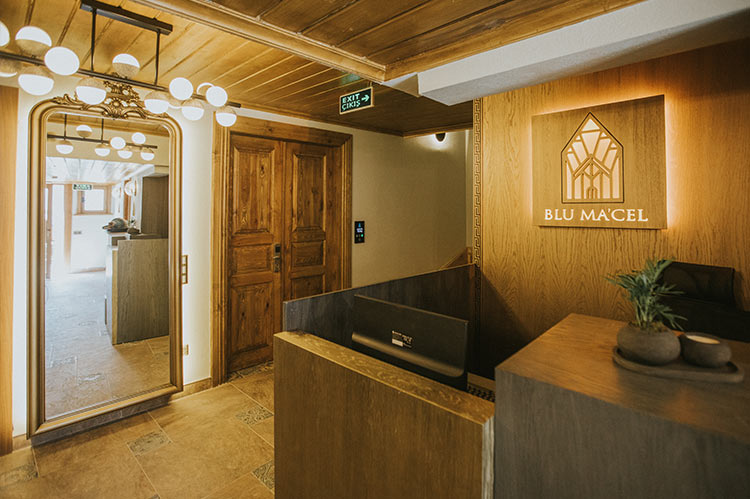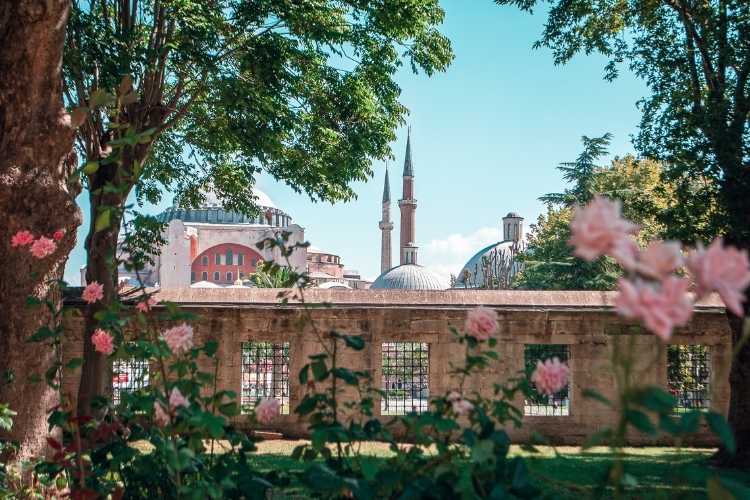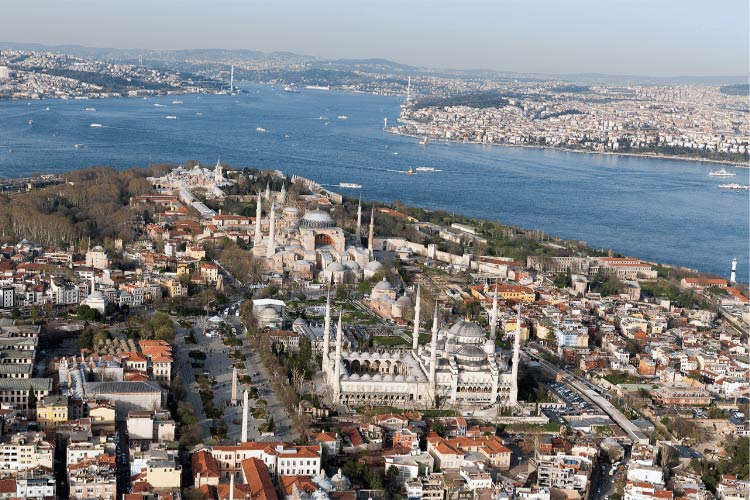
While it might be expected that the vestiges of ancient Constantinople have vanished in this era of modern trends, the reality is far from it. Sultanahmet, Istanbul's historic region, the seat of both Byzantine and Ottoman empires, stands impeccably conserved. Its magnificent edifices, which were the cradle of world-shaping decisions, provide a window into history for current and future generations.
The Sultanahmet district houses a concentration of significant political, religious, and infrastructure edifices within a short distance of each other. While leisurely exploration is enjoyable, a quick visit can cover all the key sites in a single day. As a UNESCO World Heritage Site, it offers a dizzying journey through Constantinople's historical epochs with its array of landmarks.
Highlights of Sultanahmet District in Istanbul
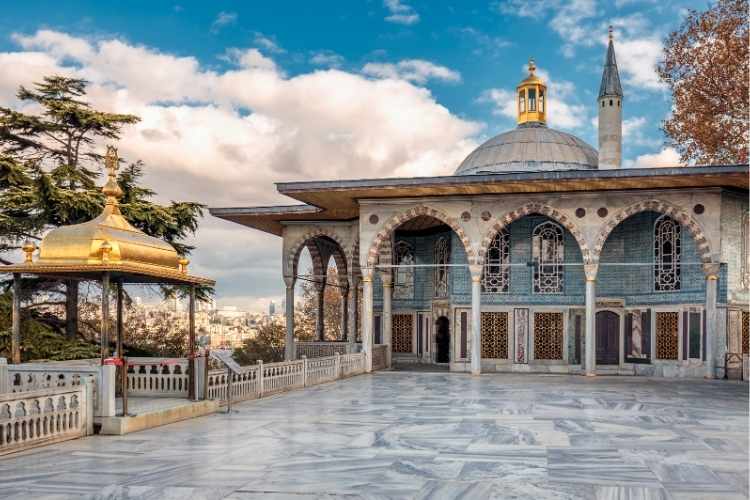
A must-see site is the Topkapi Palace, the erstwhile residence of Ottoman sultans. This palace was a mini city sheltering over 4,000 people, featuring romantic kiosks, pavilions, sleeping quarters, kitchens, treasury, armoury, and more. However, the highlight is the harem, which once comprised over 400 rooms and was inhabited by the sultan's mother, concubines, and eunuchs.
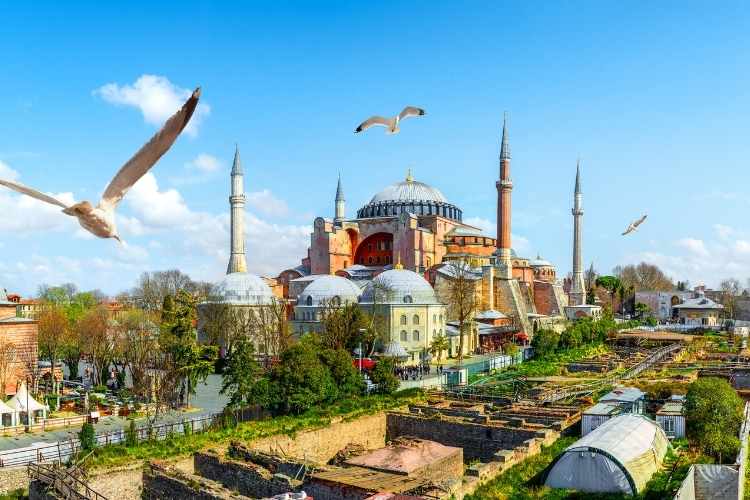
Not far from the palace, the awe-inspiring Hagia Sophia, once the world's largest domed building, stands majestically. Initially a church, it was converted into a mosque by the Ottomans after their conquest of Constantinople. Today, it serves as Turkey's most acclaimed museum, inviting visitors into a grand hall adorned with ancient frescoes and Islamic calligraphy, an exquisite blend of Byzantine and Ottoman architectural styles.
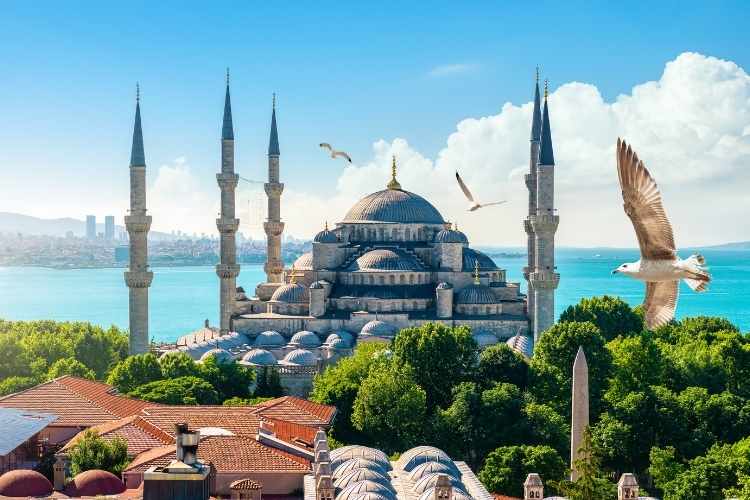
Adjacent to Hagia Sophia, the Blue Mosque, or Sultanahmet Mosque, stands with its unique six minarets, a controversial feature at the time of its construction in 1616. The mosque, embellished with 260 windows and 20,000 blue tiles, welcomes non-Muslims outside of prayer times and offers a profound glimpse into Islam.
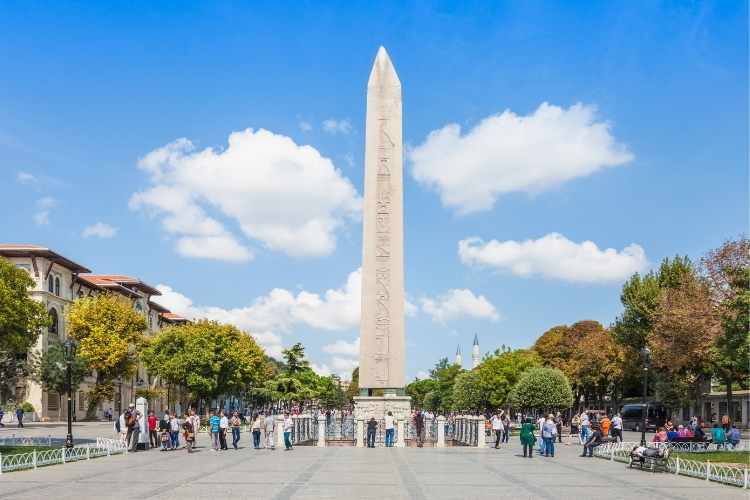
Beside the Blue Mosque, the less grandiose yet historically significant Hippodrome calls for attention. This was the hub of Byzantine Constantinople and the epicenter of the famed Nika riots. The 4th-century AD Obelisk of Theodosius is a particular draw.
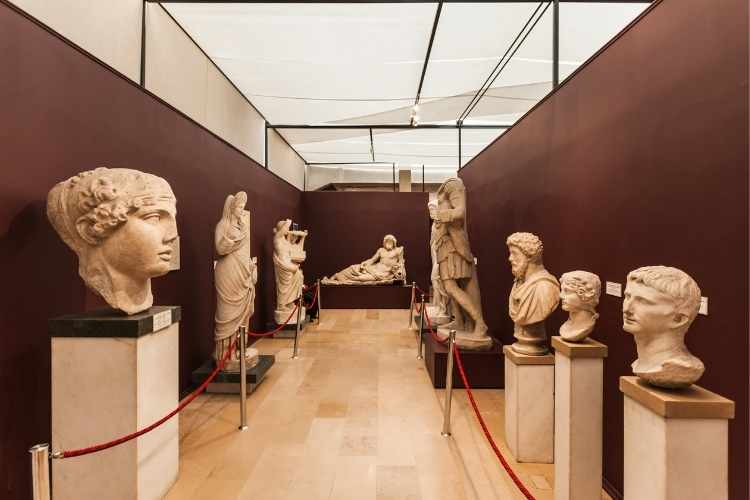
A short distance away, a modest house contains an exquisite collection of antique carpets tracing back to the days of nomadic Turk tribes. The Turkish and Islamic Art Museum, situated in the former residence of Pargali Ibrahim Pasa, grand vizier to Suleyman the Magnificent, provides a deep dive into the life and artistic prowess of nomadic tribes.
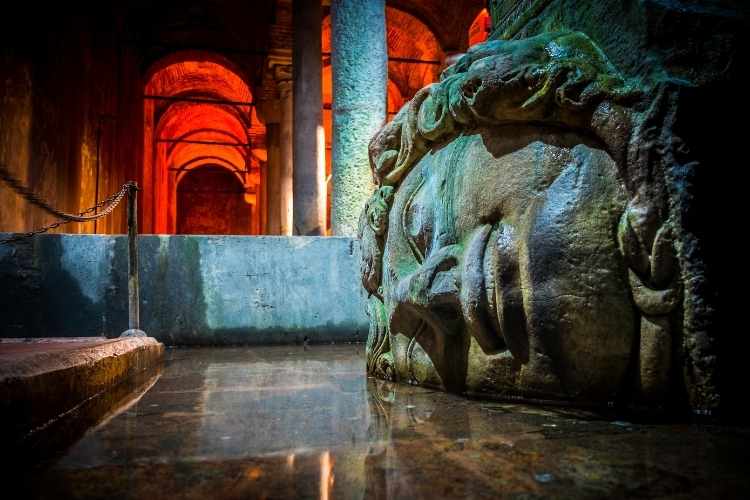
A stone's throw away, down a twisting staircase, lies the Basilica Cistern from the 6th century, a tranquil retreat in Turkey's most populous city. This cistern, once visited by Mark Twain and featured in the James Bond movie "From Russia with Love", houses carp fish navigating around ancient pillars under soft lighting, the most famous being the upside-down head of Medusa.
Moving up towards the Topkapi Palace again, the Istanbul Archeological Museum offers an engaging visit for history enthusiasts. Housing artefacts from Istanbul's past and the Ottoman Empire's extensive lands, it's particularly renowned for the Alexander sarcophagus, which, despite its name, doesn't house Alexander the Great but showcases his character in the carvings.
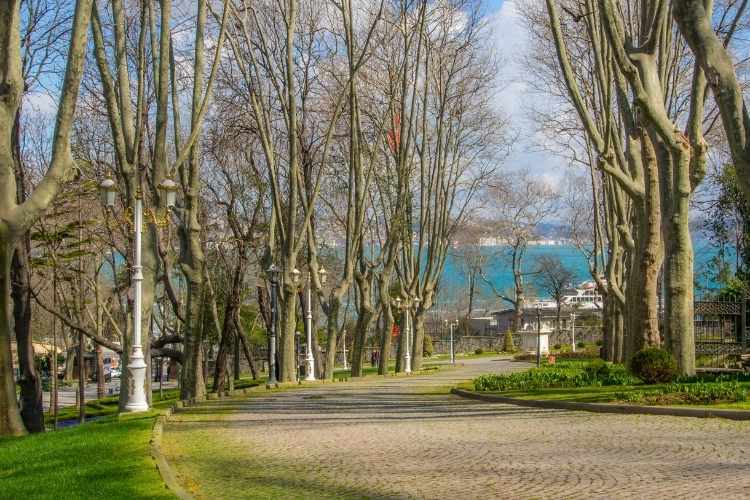
Lastly, if time permits, a leisurely stroll in Gulhane Park is a must. This urban oasis, especially vibrant during the annual tulip festival in April, was once part of the Topkapi Palace grounds before opening to the public in 1912. The park also houses the Museum of the History of Science and Technology in Islam on its western side.



